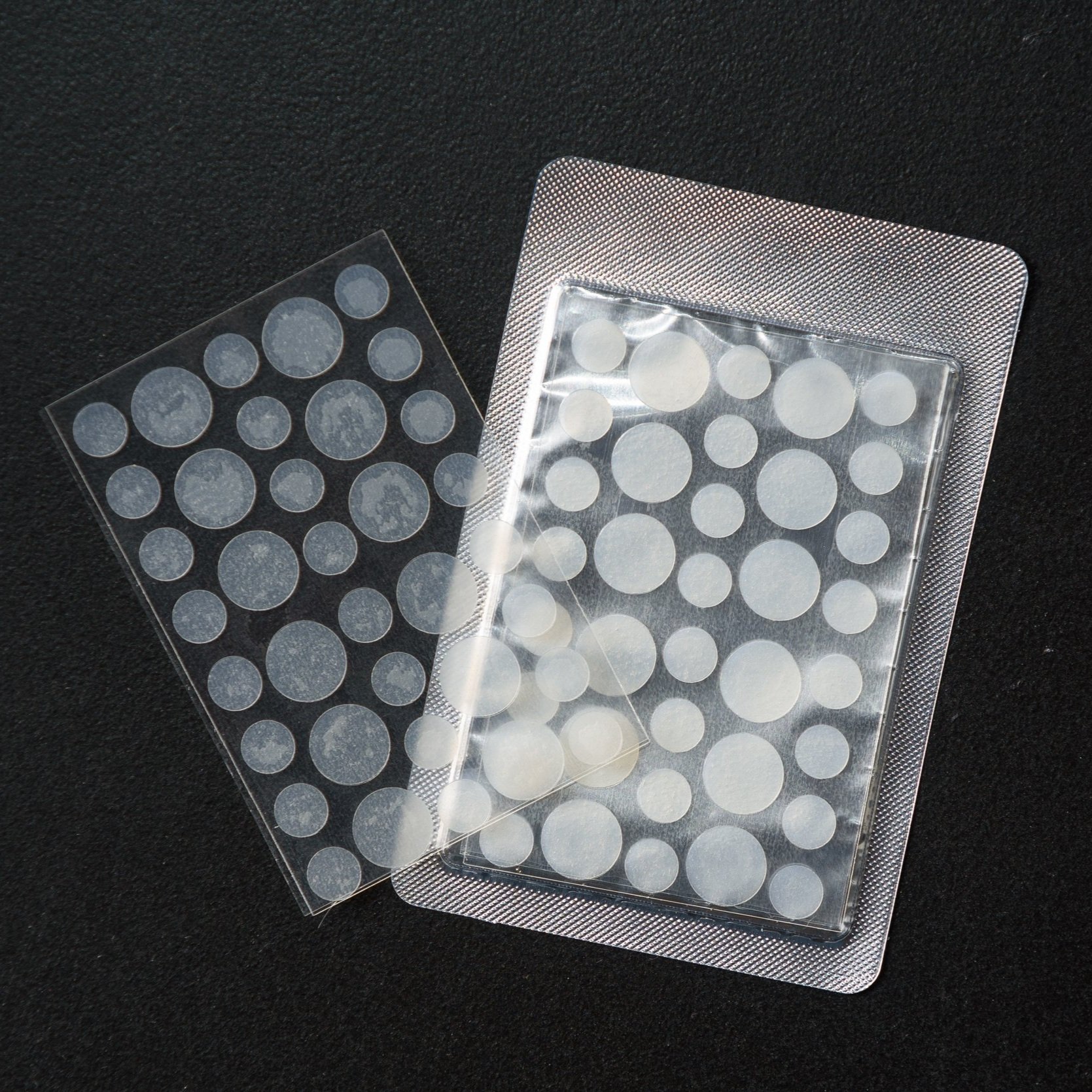Unlocking the Secrets of Pimple Patches: Your Ultimate Guide to Clearer Skin
In the ever-evolving world of skincare, new products and innovations are constantly emerging to address our most persistent skin concerns. One such innovation that has gained immense popularity in recent years is the pimple patch. These tiny, unassuming patches have taken the skincare community by storm, revolutionizing the way we approach treating pesky pimples. In this comprehensive guide, we will delve into the benefits and uses of pimple patches, shedding light on their effectiveness and how they can become your go-to solution for clearer skin.
Understanding Pimple Patches
Pimple patches, also known as acne patches or hydrocolloid patches, are small adhesive patches that are designed to be applied directly onto pimples or blemishes. They are typically made from hydrocolloid material, which is a type of dressing commonly used in wound care due to its exceptional moisture-absorbing properties. This material forms a protective barrier over the blemish, shielding it from external pollutants while absorbing excess fluid such as pus and oil.
Benefits of Pimple Patches
1. Rapid Blemish Healing
One of the most significant benefits of pimple patches is their ability to expedite the healingprocess of blemishes. The hydrocolloid material creates an optimal environment for the skin to heal itself. By absorbing excess moisture, the patch helps to reduce inflammation and redness, allowing the blemish to heal more quickly. It also prevents the formation of a scab, which can often lead to scarring and prolong the healing process.
2. Protection from External Irritants
Pimple patches act as a physical barrier between the pimple and external irritants such as dirt, bacteria, and pollution. This barrier not only prevents further contamination of the blemish but also helps to discourage picking, a habit that can exacerbate inflammation and lead to scarring.
3. Reduces Inflammation and Redness
The hydrocolloid material in pimple patches has anti-inflammatory properties that aid in reducing the size and redness of blemishes. This is especially helpful for those painful, inflamed, pimples that can be both uncomfortable and unsightly.
4. Prevents Scarring and Hyperpigmentation
By promoting a controlled healing environment, pimple patches help minimize the risk of scarring and hyperpigmentation that often accompany aggressive pimple treatments. The absence of scabs and reduced inflammation contribute to a more seamless healing process.
5. Non-Drying Approach
Unlike many traditional pimple treatments that can be overly drying, pimple patches maintain a moist environment around the blemish. This prevents the skin from becoming excessively dry, flaky, or irritated while still effectively treating the pimple.
6. Concealing and Wearability
Many pimple patches are transparent and discreet, making them suitable for daytime use. They can be easily concealed under makeup, allowing you to treat your pimples without sacrificing your skincare or makeup routine.
7. User-Friendly
Pimple patches are incredibly user-friendly. Application typically involves simply cleansing the area, applying the patch directly onto the pimple, and leaving it on for the recommended time. There’s no need for complicated routines or techniques.
How to Use Pimple Patches Effectively
To make the most of the patches and harness their full potential, it’s important to follow these steps:
1. Start with Clean Skin
Begin by cleansing your face with a gentle cleanser to ensure that the area around the pimple is clean and free from excess oil and dirt.
2. Apply the Patch
Gently peel the pimple patch from its packaging and apply it directly onto the blemish. Press gently to ensure that the patch adheres to the skin.
3. Leave It On
Allow the patch to work its magic for the recommended duration depending on the brand. Most patches can be left on for several hours or even overnight.
4. Replace as Needed
Pimple patches are designed to absorb moisture, which can cause them to change in appearance. If the patch turns white or becomes saturated, it’s an indicator that it has absorbed fluids from the pimple. Replace the patch with a fresh one as needed.
5. Be Consistent
For optimal results, use patches consistently and as part of your regular skincare routine. Don’t expect overnight miracles, but with time, you’ll notice a significant improvement in the appearance and healing of your pimples.
Choosing the Right Patch
With a multitude of pimple patch options available on the market, finding the right one for your skin can seem overwhelming. A few factors should be taken into consideration when finding the perfect product for you. Opt for patches that are made from high-quality hydrocolloid material. Some may have the addition of active ingredients like salicylic acid, vitamin A, and aloe along with micro darts to help with penetration.
Consider what size patch you need. Some manufactures offer several different sizes within a package while others only have one medium option. Transparency of the actual patch needs to be thought about if you’re considering wearing them during the day or under makeup.The more transparent they are, the more they’ll blend seamlessly with your skin tone. If you have sensitive or allergy-prone skin, look for patches that are labeled as hypoallergenic and suitable for sensitive skin. Even with this labeling it doesn’t mean that there’s no risk of allergic reaction for those reactive skin types.
Pimple patches have undoubtedly revolutionized the way we approach blemish treatment. The remarkable ability to accelerate the healing process, protect the skin, and reduce inflammation makes them a valuable addition to any skincare arsenal. As with any skincare product, consistency is key, and integrating patches into your routine could potentially lead to clearer, healthier skin over time. The next time a stubborn angry pimple emerges, consider reaching for a pimple patch and let its magic unfold.




